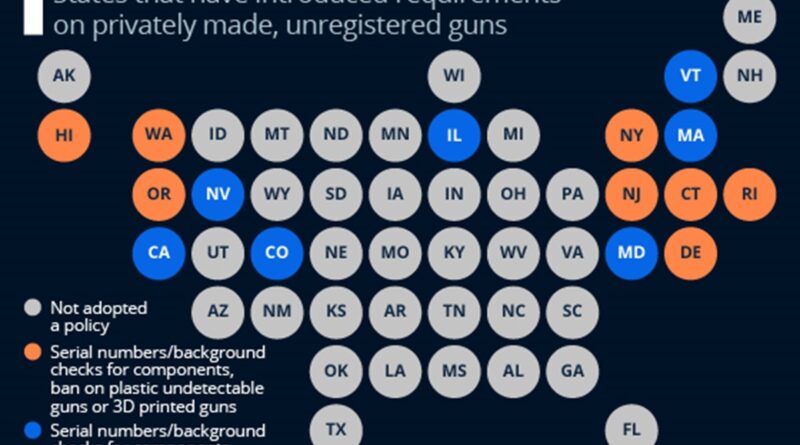Minnesota Supreme Court Upends Long-Standing Firearms Law
Earlier this week, a ruling by the Minnesota Supreme Court has possibly influenced the effectiveness of a long-standing state law that criminalizes the possession of certain unmarked firearms. Without going to the extent of completely scrapping the 1994 state law on the grounds of constitutionality, the high court’s majority overturned a previous decision by a lower court. This potentially challenges the future actions of prosecutors, who have used this law to bring gun charges in numerous instances annually.
This recent judgment hails from a 2022 incident where a man, during a routine traffic stop in Fridley, was discovered to be in possession of a Glock 19, a 9mm pistol without a serial number. The man faced charges which were initially dismissed by a district judge. However, these charges were then reinstated by the Court of Appeals, a decision that was ultimately overturned by the state Supreme Court.
According to the Supreme Court ruling, the law’s usage of a serial number is deemed too general because it takes referencing cues from a corresponding federal law that doesn’t mandatorily require firearm identification marks. While intended to monitor the movement of weapons, this specificity issue with the state law could cause legal confusion.
In the words of the majority, ‘A large group of Minnesotans may unknowingly be carrying out conduct now deemed criminal, and we ought to tread cautiously in this area.’ The ruling suggests a need for clarity in the law to avoid inadvertently criminalizing otherwise law-abiding citizens.
The ruling also notes that solely having a serial number isn’t substantially meaningful without accompanying documentation linking it to an individual, suggesting that such guns remain untraceable despite their markings. Thus, raising the question of the utility and effectiveness of the current laws.
The justice specifically raises the issue of ‘ghost guns’. These are firearms that are not bought as standard, factory-assembled weapons but are rather constructed from parts or kits. These types of guns potentially pose significant legal and safety challenges due to their untraceable nature.
Despite the aforementioned issues with ghost guns, the ruling underscores the absence of any explicit Minnesota law to regulate them. While highlighting this legislative gap, the onus of deciding whether, and the manner in which, ghost guns should be regulated is placed squarely on the shoulders of the Legislature.
‘By any criteria, most firearms within the nation don’t find their place in any formal records,’ writes Hudson. This lack of a nationwide firearms registration database is a concern but does not automatically render the requirement of a serial number futile, contrary to the high court’s assertion.
The decision by the high court is intriguingly timed, arriving just a few days after the Minnesota Court of Appeals dismissed a comparable legal challenge related to charges brought under the same law. This suggests a legal and legislative dialogue on the nature and enforcement of gun regulation laws in the state.
This verdict inherently questions the law’s balance between the rights of individuals and societal safety concerns. Striking this balance, as the ruling suggests, is neither simple nor straightforward, and might require comprehensive revisiting of the existing statutes.
Moreover, the lack of a consistent approach across state and federal laws concerning gun marking requirements seemingly contributes to the uncertainty concerning ghost guns and unregistered firearms. The ruling calls attention to the need for a more harmonized regulatory framework.
There is an implication within the ruling that the Legislature’s action, or inaction, on this matter has real-world implications, as it affects how Minnesotans interact with both the legal system and firearms in their everyday lives.
Though the have been multiple interpretations of the judgment, it is clear that the Minnesota Supreme Court is urging for a careful and considered approach to the issue. The ruling is not outrightly critical of the existing law but rather highlights areas where revisions are warranted.
Ultimately, the decision puts the ball in the Legislature’s court to evolve legislation that promotes safety and addresses the convoluted issue of untraceable firearms, while being fair to law-abiding citizens. This verdict underscores the necessity of clarity, coherence, and comprehensive understanding in laws concerning firearm possession and usage.



